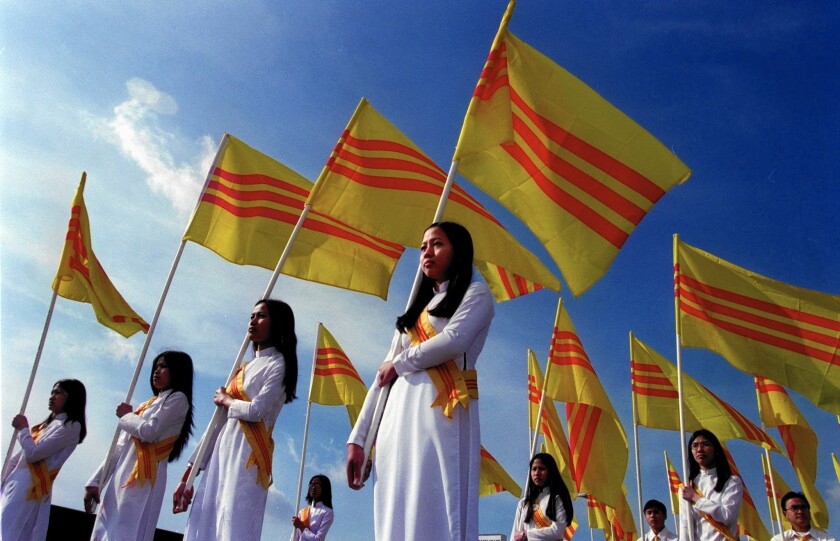
The Fall of Saigon
April 30th marked the solemn anniversary of the 1975 Fall of Saigon, a pivotal moment that signalled the end of the Vietnam War and the collapse of the Republic of Vietnam (South Vietnam). This historic event, which culminated in the fall of Saigon, now known as Ho Chi Minh City, had profound repercussions on both a national and global scale.
Amid mounting pressure at home, then-U.S. President Richard Nixon initiated the gradual withdrawal of American troops from South Vietnam. While there were initial successes, strategic blunders ultimately paved the way for the ascendency of the communist forces from the North, leading to the capture of Saigon.
The aftermath of the fall of Saigon resulted in a massive humanitarian crisis, with approximately 800,000 Southern Vietnamese fleeing their homeland. Tragically, many of these refugees perished during perilous sea voyages or fell victim to piracy. However, those who managed to escape embarked on journeys that would disperse them across the globe, ultimately forming vibrant communities in key cities across Australia, Europe, and the United States.
The diaspora of Vietnamese refugees has left an indelible mark on the cultural landscape of their adopted countries, contributing to their societies in myriad ways. Despite the harrowing circumstances that forced their exodus, these resilient individuals have demonstrated remarkable resilience and determination in rebuilding their lives and forging new futures for themselves and their descendants.
As we commemorate the anniversary of the Fall of Saigon, it serves as a poignant reminder of the enduring impact of war and the resilience of the human spirit in the face of adversity. It is a time to honour the sacrifices made by those who sought freedom and a better life, and to reflect on the ongoing journey of healing and reconciliation for all those affected by this chapter in history.





Additionally, a complimentary 78-page pdf on “The Fall of Phuoc Tuy and Vung Tau – April 1975” – with photographs and detailed maps, is available on request from its author – Ernie Chamberlain, at: [email protected].
Also “free-to-read” on the Internet at: https://www.scribd.com/document/416594424/The-Fall-of-Phuoc-Tuy-PDF-Note-7-2019 .
Best wishes, Ernie Chamberlain